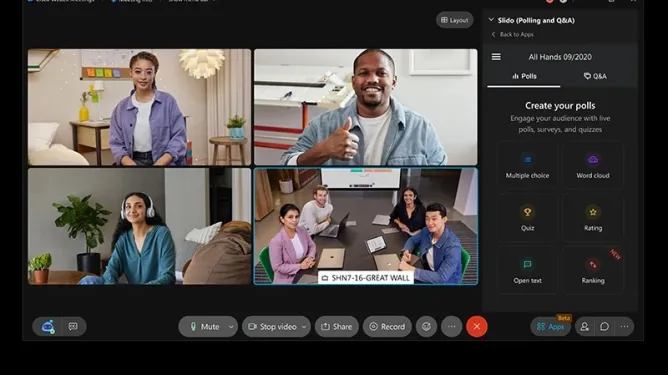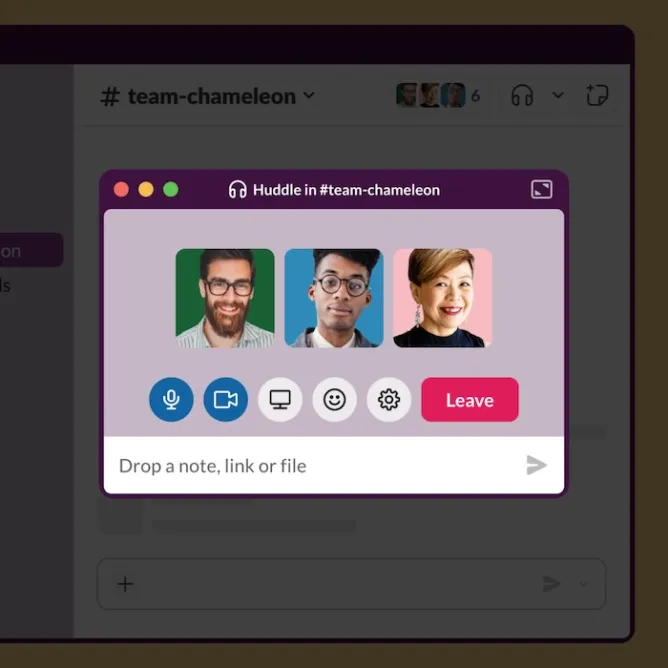After more than two decades of connecting people across the globe, Skype, the pioneering video-calling service, is officially shutting down. Microsoft, its parent company, has announced that Skype will sunset on May 5, 2025. This marks the end of an era for a platform that revolutionized communication, enabling millions to stay connected with friends, family, and colleagues through voice and video calls.
For current Skype users, the transition doesn’t have to be daunting. Microsoft is offering two primary options: migrate to Microsoft Teams or export your Skype data and switch to an alternative video-calling service. To help you navigate this change, we’ve created a comprehensive guide to migrating to Teams, exporting your data, and exploring the best Skype alternatives available today.
How to Migrate from Skype to Microsoft Teams
Microsoft Teams has emerged as the natural successor to Skype, offering a more robust and feature-rich platform. Here’s how to make the switch:
- Sign in to Teams: Before May 5, 2025, Skype users can log in to Microsoft Teams using their existing Skype credentials.
- Automatic Data Transfer: Once logged in, all your Skype contacts, chat history, and files will automatically migrate to Teams.
- Explore Teams Features: Teams offers everything Skype did—and more. Key features include:
- One-on-one and group calls (supports up to 10,000 participants).
- Messaging and file sharing.
- Advanced security features for business and personal use.
- Integrations with tools like Office 365, OneDrive, Trello, Salesforce, and Evernote.
Teams is available on Android, iOS, Mac, PC, and web browsers, making it a versatile choice for both personal and professional use.
How to Export Your Skype Data
If you prefer not to switch to Teams, you can still preserve your Skype data for future use. Here’s how to export your information:
- Log in to Skype: Open the app and sign in to your account.
- Access Settings: Click the three horizontal dots under your account name in the top-left corner.
- Navigate to Account Settings: Go to Settings > Account & Profile > Your Account.
- Export Data: On the Skype web portal, choose from the following options:
- Export contacts (.csv)
- Export Caller ID numbers (.csv)
- Export files and chat history (includes conversations and files).
- Submit Request: Click Submit Request and Continue.
- Download Your Data: Once the export process is complete, click Download to save your data locally.
This ensures you retain access to valuable information, such as messages, files, and contact details, even after Skype shuts down.
Top Skype Alternatives for 2025
If you’re looking for a new platform to replace Skype, here are some of the best alternatives available:
1. Google Meet

- Best For: Casual users and businesses already using Google Workspace.
- Key Features:
- Free for up to 100 participants (60-minute limit for groups of 3+).
- Screen sharing, meeting recordings, and live captions.
- Paid plans ($7/month and up) offer breakout rooms, polls, and AI-powered tools via Gemini.
2. Zoom
- Best For: Professionals and businesses needing reliable video conferencing.
- Key Features:
- Free plan supports 100 participants (40-minute limit).
- Screen sharing, whiteboard, and meeting transcripts.
- Paid plans ($13/month and up) include AI Companion for meeting summaries.
3. Webex by Cisco

- Best For: Enterprises and teams requiring advanced collaboration tools.
- Key Features:
- Free plan for 100 participants (40-minute limit).
- Screen sharing, whiteboard, and meeting recordings.
- Paid plans ($12/month and up) include AI assistant and live polling.
4. Discord
- Best For: Gamers, small teams, and informal groups.
- Key Features:
- Free plan with unlimited meeting lengths.
- Screen sharing, breakout rooms, and meeting recordings.
- Affordable paid plans ($5/month and up).
5. Slack

- Best For: Teams needing seamless chat-to-call transitions.
- Key Features:
- Huddle feature for quick audio/video calls.
- Free plan supports 2 participants; paid plans ($7/month and up) support up to 50.
6. Signal
- Best For: Privacy-conscious users.
- Key Features:
- Encrypted group video calls for up to 50 participants.
- Free to use with no time limits.
7. WhatsApp, Facebook Messenger, and Apple FaceTime
- Best For: Mobile users and small groups.
- Key Features:
- Free, easy-to-use platforms for casual video calls.
- Limited to smaller groups compared to other alternatives.
Why This Matters
The shutdown of Skype marks a significant shift in the world of digital communication. While it’s bittersweet to say goodbye to a platform that has been a staple for so many, the transition to newer tools like Microsoft Teams or other alternatives offers exciting opportunities to explore more advanced features and capabilities.
Whether you’re migrating to Teams or exploring other platforms, the key is to choose a service that aligns with your needs—be it for personal use, professional collaboration, or privacy-focused communication.
Key Takeaways
- Skype will officially shut down on May 5, 2025.
- Users can migrate to Microsoft Teams or export their Skype data for backup.
- Top alternatives include Google Meet, Zoom, Webex, Discord, Slack, and Signal.
- Each platform offers unique features, so choose one that best fits your communication needs.
Final Thoughts
As we bid farewell to Skype, we also embrace the next generation of communication tools designed to keep us connected in an increasingly digital world. By staying informed and proactive, you can ensure a smooth transition and continue enjoying seamless communication with your loved ones, colleagues, and communities.








